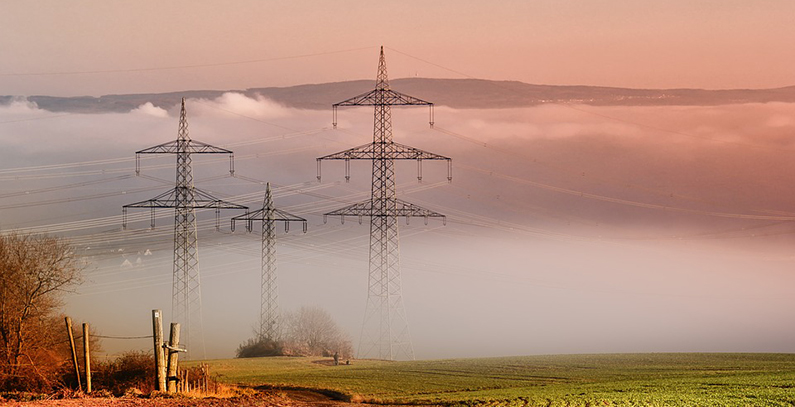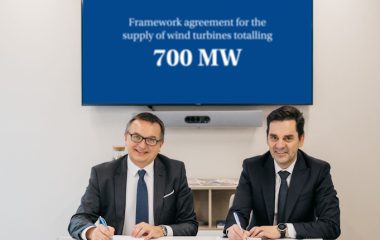
Photo: Pixabay
The upward trend in final household prices in the Energy Community Contracting Parties continued in 2018, while final industry prices increased on average in 2018 after several years of continuous decrease, the ACER Annual Report on the Results of Monitoring the Internal Electricity and Natural Gas Markets in 2018 finds.
The Market Monitoring Report (MMR) drafted by ACER, which is in its eighth edition, consists of four volumes – Electricity Wholesale Markets, Gas Wholesale Markets, Electricity and Gas Retail Markets, and Consumer Protection and Empowerment. It covers the EU Members States and, for selected topics, also the Contracting Parties.
Prices for industry in North Macedonia rise 17%
While in the majority of the Contracting Parties, electricity prices for industrial consumers decreased between 2013 and 2017, the year 2018 saw an increase. In the period between 2013 and 2017, industrial prices decreased by 19%, from 6.5 euro cents/kWh to 5.2 euro cents/kWh, according to the report for 2017.
The biggest year-on-year increase (17%) was observed in North Macedonia, where prices rose from 6.46 euro cents/kWh in 2017 to 7.59 euro cents/kWh in 2018.
The lowest electricity prices for industrial consumers were in Montenegro, at 5.36 euro cents/kWh, while the highest industrial price, of 7.59 euro cents/kWh, was reported in North Macedonia, which overtook Serbia as the leader in 2017.
On average, in 2018, electricity prices for the industrial segment in the Contracting Parties were around 60% of the average electricity prices for the industry in the EU Member States, which is an increase compared with 50% in 2017.
Montenegro again tops the list of highest household prices
In the period between 2013 and 2018, electricity prices for households in the Contracting Parties excluding Ukraine increased, on average, by 15%, while industrial prices increased on average by 1.5%.
In 2018, the average electricity price for household consumers excluding Ukraine was 7.8 euro cents/kWh, which was 2.7 times less than the average EU electricity price for households in the same year. This ratio has not changed compared to 2017.
Household electricity prices in 2018 were again the highest in Montenegro (10.27 euro cents/kWh), as was the case in 2017. With the exception of Kosovo* and North Macedonia, where household prices slightly decreased in comparison to the previous year, in all the other Contracting Parties electricity prices for households increased.
End-consumer prices for households in all Contracting Parties are still regulated, sometimes resulting in prices being below actual costs, the report reads.





















Be the first one to comment on this article.